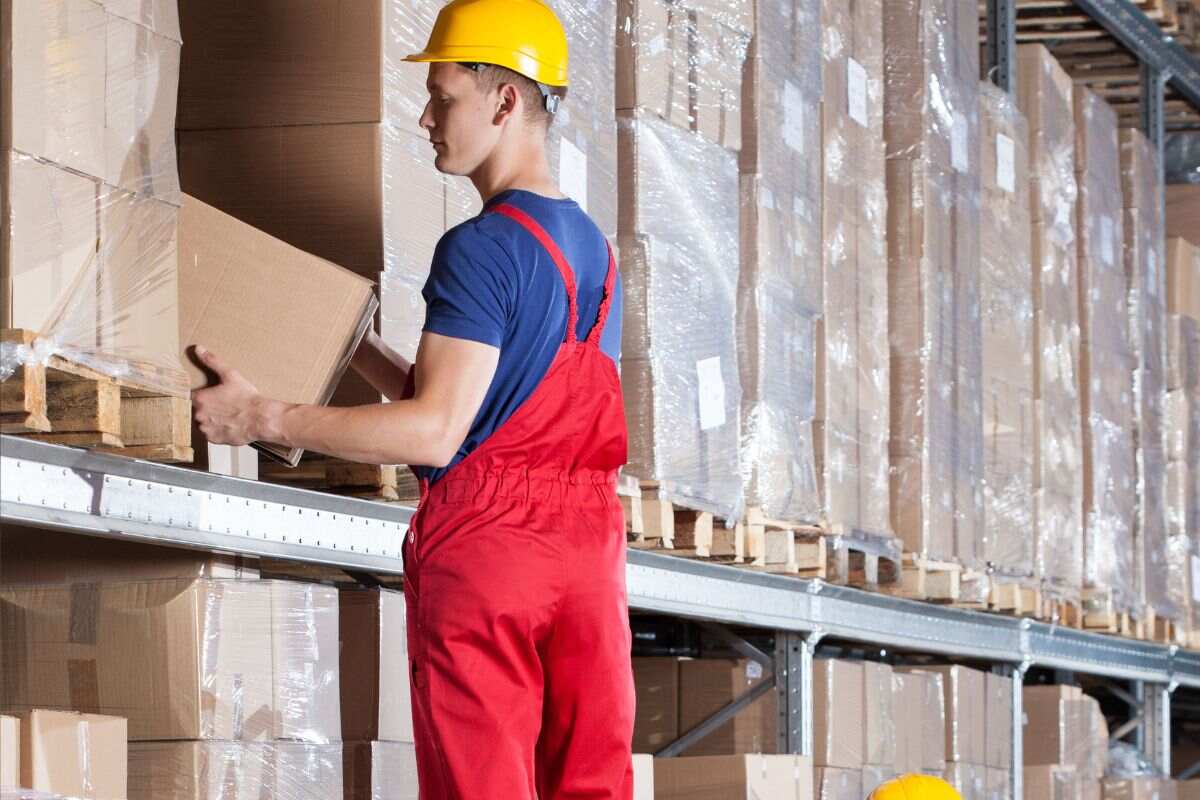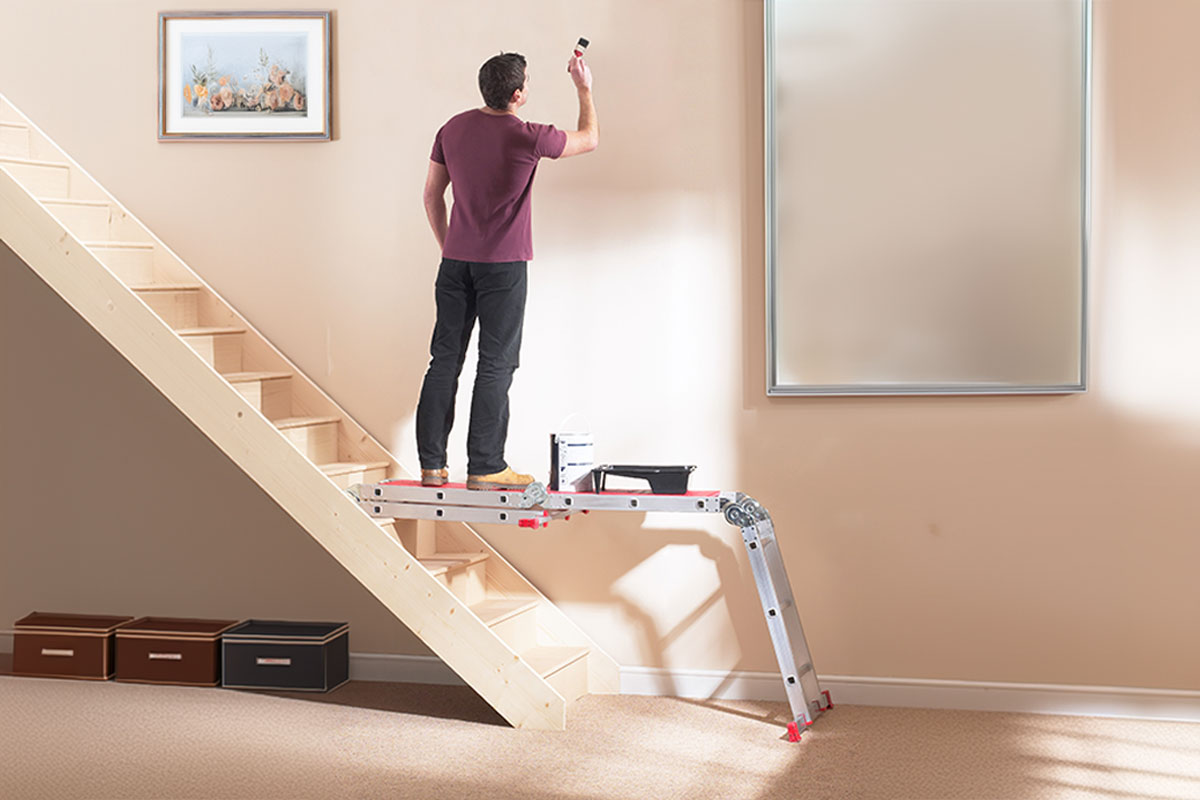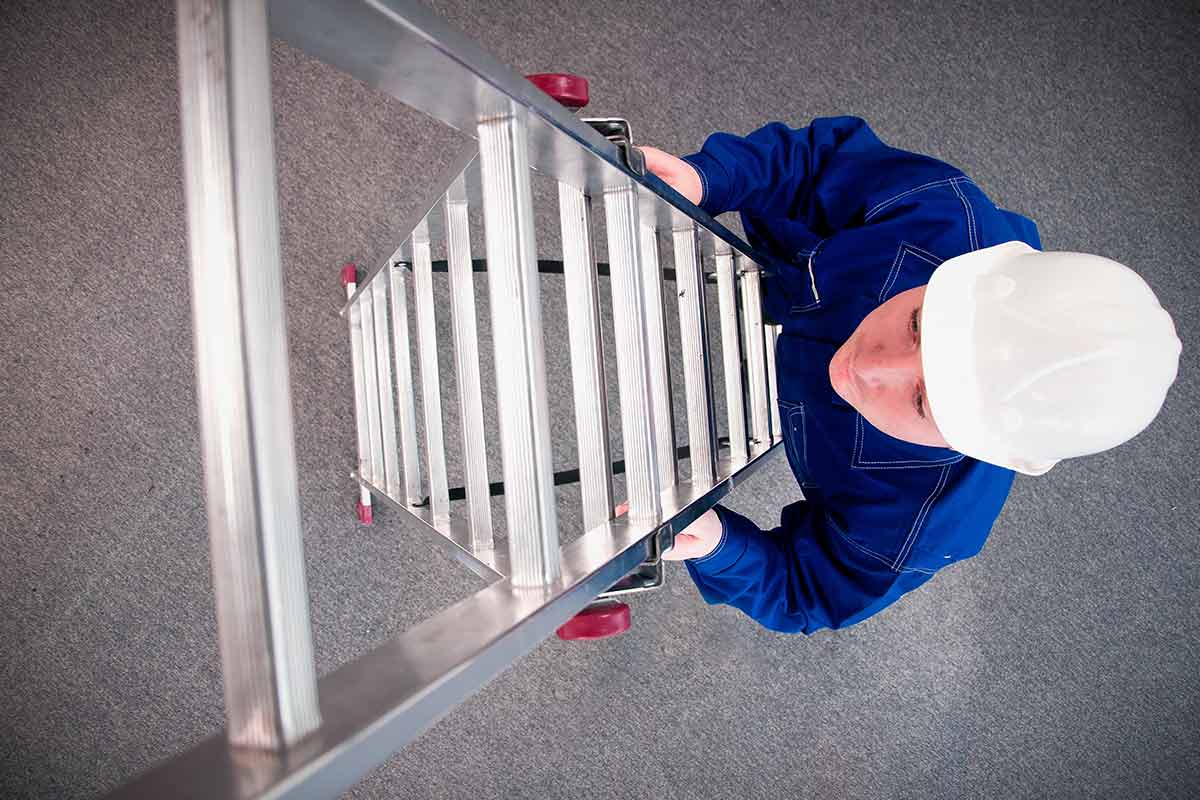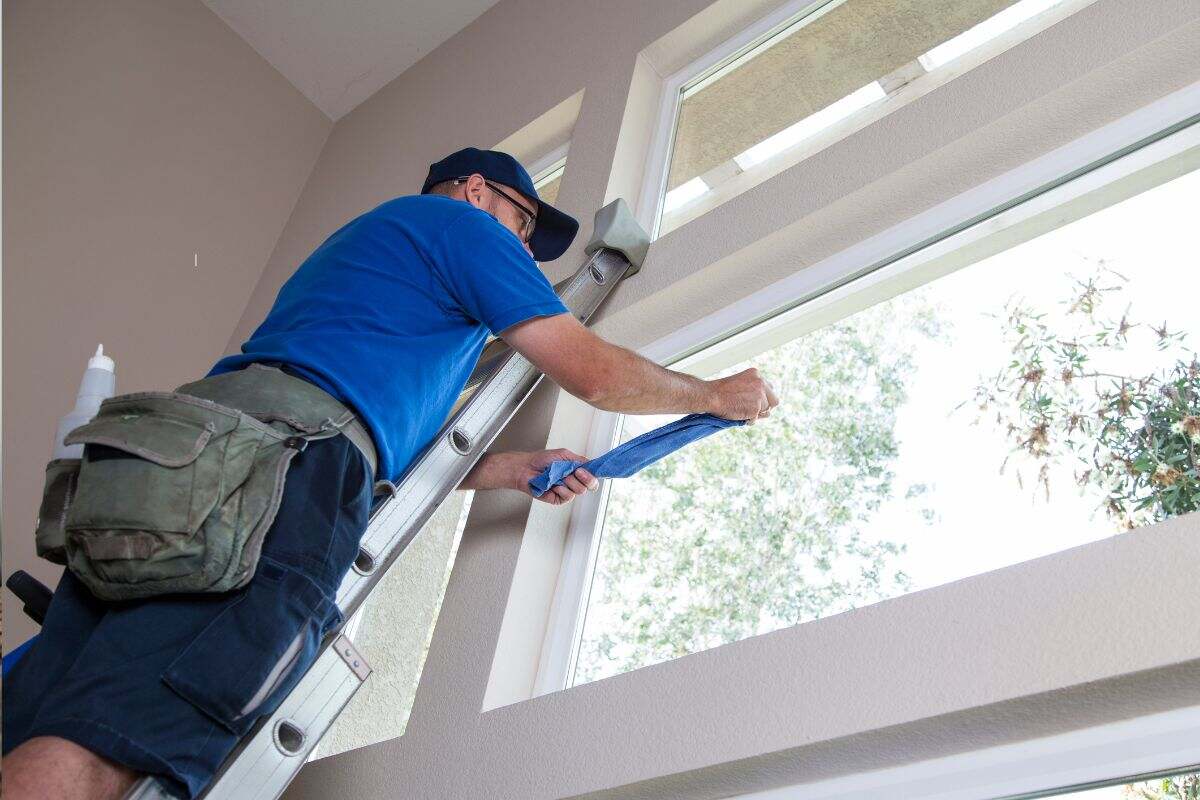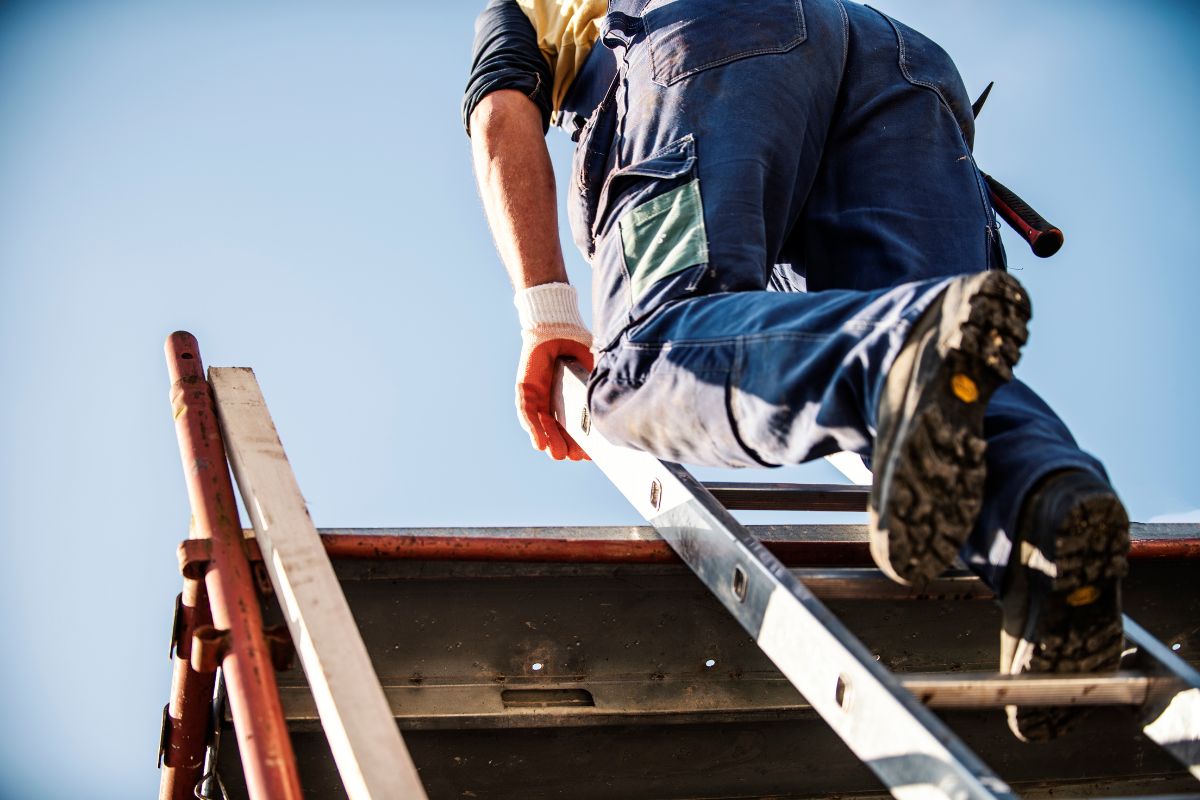A Beginner’s Guide To Work Platforms
October 7, 2024 | Nate Cord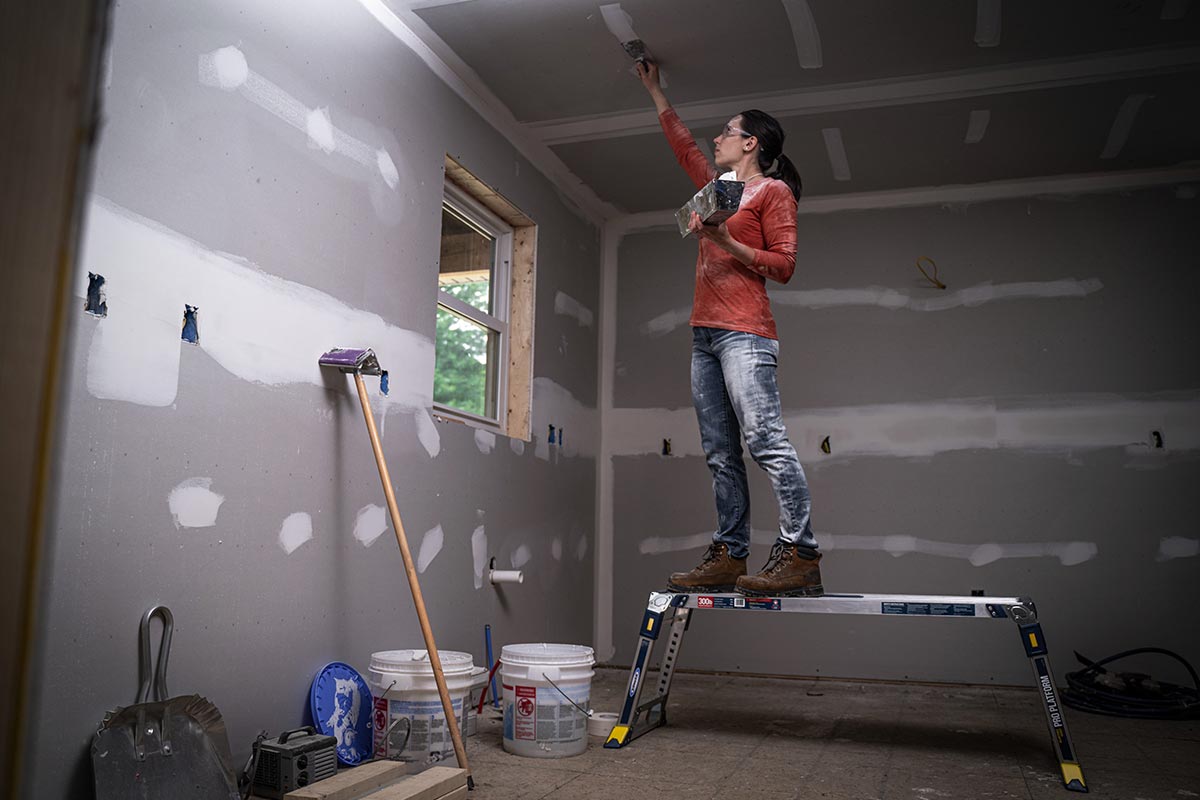
From what a work platform is and when you might need to use one, to the different types available, we answer your most asked questions about work platforms.
What are Work Platforms?
A work platform, otherwise known as a working platform, is any platform used as a means of access to or from a place of work. It is an elevated surface that is fixed or mobile, designed to provide safe and stable access for people performing tasks at height. Work platforms come in various sizes and types to accommodate different work environments, and can be used for several tasks, from construction and maintenance to warehouse and other industrial work.
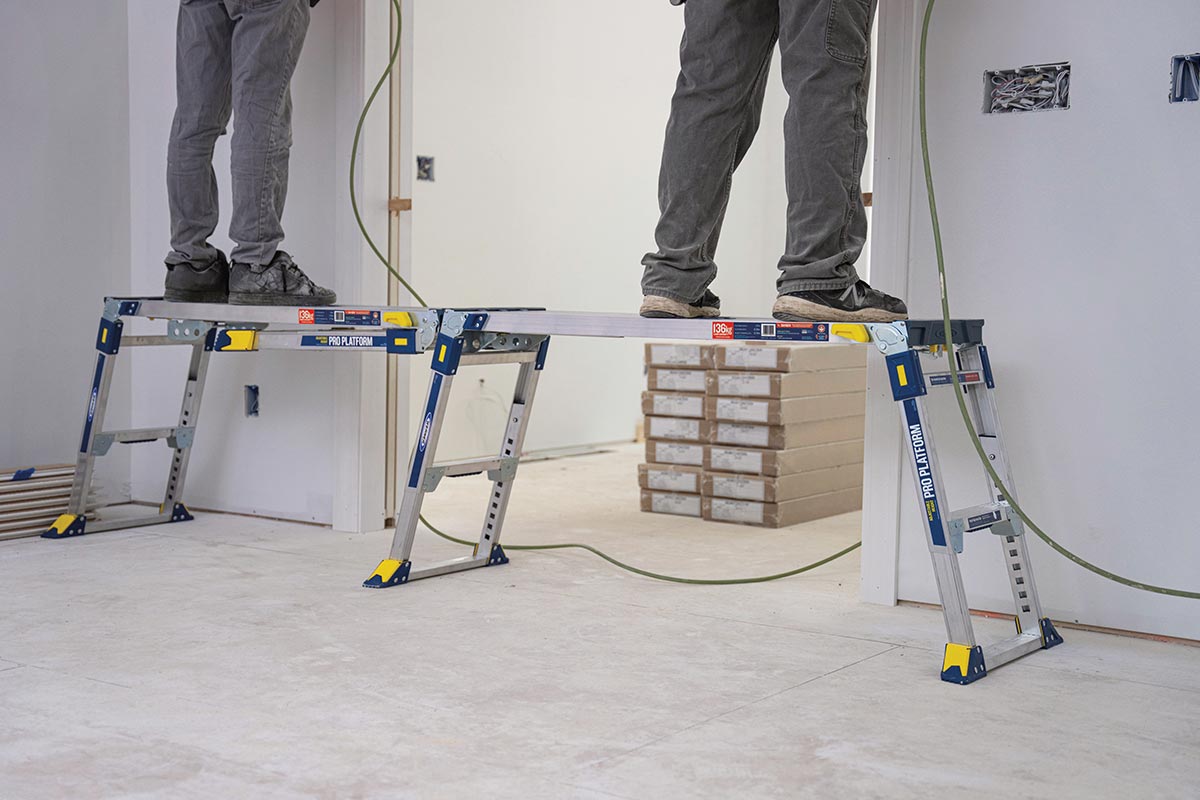
Unlike a ladder, work platforms tend to feature a non-slip surface, guardrail, and toe boards to protect workers from slipping, falling or dropping objects. The larger surface area also gives workers more space to move around while on a job. A work platform is also a good alternative to scaffolding, for when you need to work at some height, but don’t have the space or means to assemble a scaffold. That said, a scaffold tower should be used instead of a ladder or work platform when working at significant heights, above 3m high.
Some work platforms are mobile, equipped with wheels for easy repositioning, while others are fixed for longer-term projects.
The most common types of work platforms are:
- Hop-Ups: Small, portable work platforms designed for low-level tasks. Hop-ups are most popular with plasterers and decorators.
- Podiums: Stable, compact platforms with guardrails. Podium steps are comparable to a ladder, but with additional protection and reassurance when working at height.
- Stairwell Platforms: Adjustable platforms specifically designed for use on stairwells.
- Scaffold Platform: A temporary, elevated platform, supported by scaffolding.
- Staging Boards: Long, sturdy boards that are placed between supports to create a temporary walkway or working surface, often used in conjunction with scaffold towers.
- Combination Platforms: Working platforms with different positional models in one, for when work needs to be done at varying heights, such as the Werner 5 in 1 Combination Ladder with Platform.
Specialist versions of the above might be required for select jobs, such as fibreglass work platforms for resistance to electricity and flames, which allows you to work in typically dangerous areas.
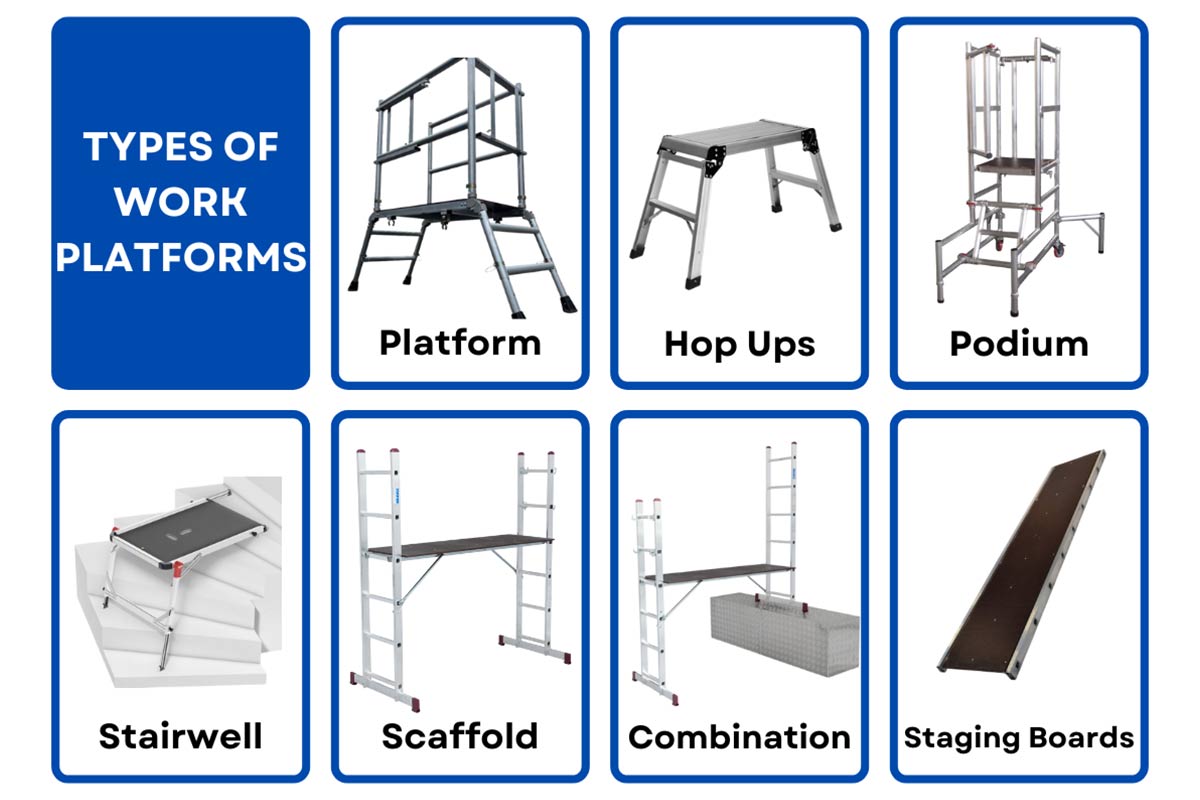
What are Elevated Work Platforms?
An elevated work platform, also known as an aerial work platform, is any (mechanical) platform that allows workers to access areas at a higher level, including scissor lifts, cherry pickers, and boom lifts. These tend to be used for temporary, flexible access purposes, such as maintenance and construction work, or by firefighters for emergency access.
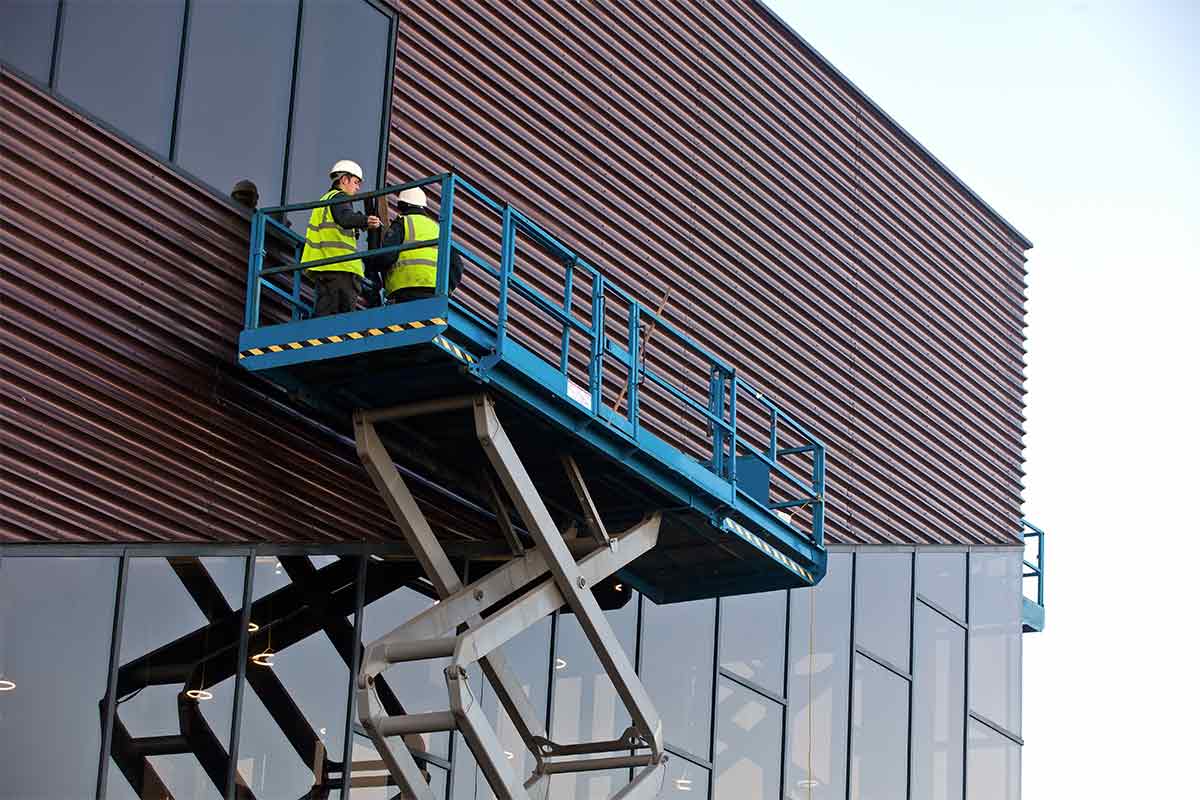
What are Suspended Work Platforms?
A suspended work platform is a platform that is hung from a secure point, allowing workers to perform tasks on the exterior of buildings or other tall structures. Unlike elevated platforms, suspended work platforms are not supported from below. Instead, they use ropes, cables or mechanical arms to suspend the platform in mid-air. Safety harnesses and other fall protection equipment are mandatory when using suspended work platforms due to the increased risks associated with working at such heights.
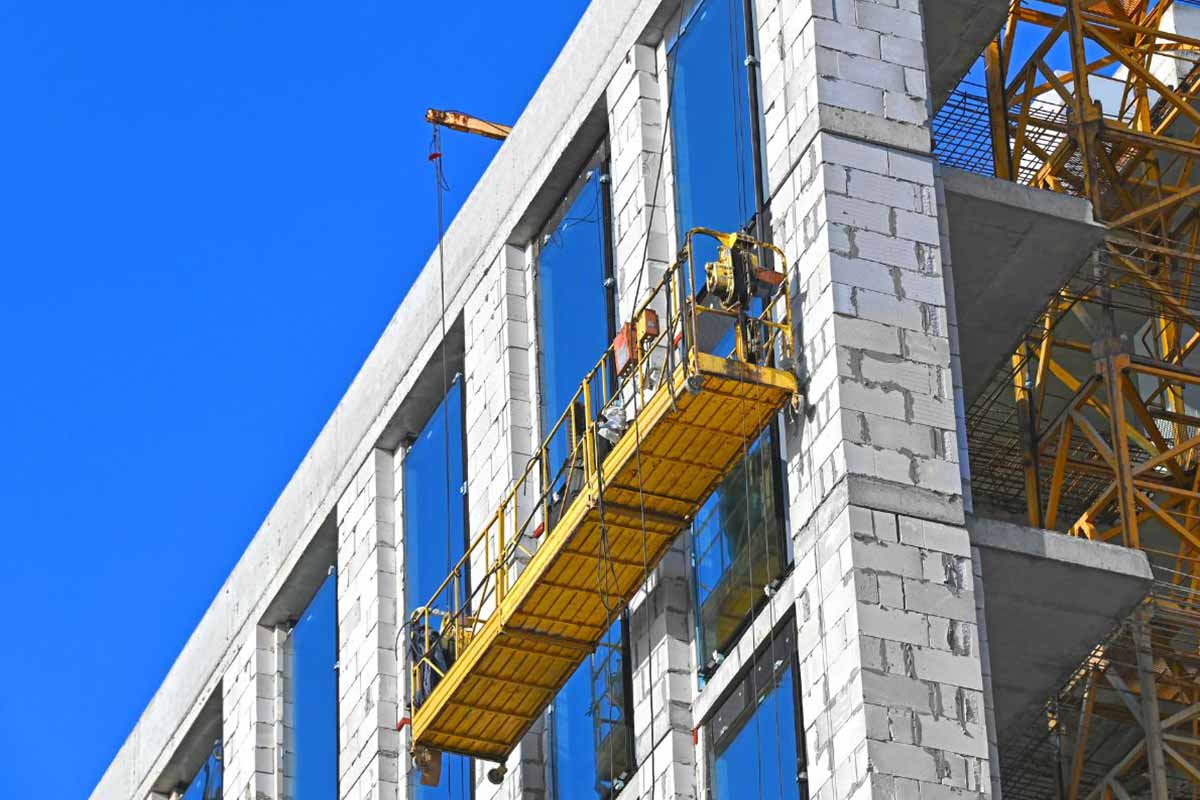
Work Platform Uses
Based on the information above, here are some common uses of the different types of work platforms.
| Work Platform | Use Cases |
|---|---|
| Hop-Ups | Low-level tasks, such as plastering, decorating, and general maintenance. |
| Podiums | Industrial and trade tasks at medium height, such as electrical work and ceiling repairs. |
| Scaffold Platform | Ideal for trade and construction tasks at significant heighst, such as bricklaying, windows and exterior wall repairs. |
| Elevated Work Platforms | Provides flexible, temporary access to higher areas, such as for construction, tree care, work on power lines, and firefighting. |
| Suspended Work Platforms | Exterior work on tall structures, suspended in mid-air, such as high-rise building maintenance and window cleaning jobs. |
| Stairwell Platforms | Specifically designed for work on stairwells. |
| Combination Platforms | Versatile platforms for work at varying heights, with multiple configurations for a range of jobs. |
| Staging Boards | For temporary walkways or working surfaces, often with scaffold towers, such as accessing multiple points along one building or roof. |
Working Platform Rules in the UK
In the UK, working platforms are regulated by the Work at Height Regulations 2005. This regulation changed the meaning of working platforms, which were traditionally seen as fully-boarded platforms with handrails and toe boards, to any surface from which work can be carried out, such as a roof, floor, platform on a scaffold, mobile elevating work platforms, or treads of a stepladder.
Any working platform used for construction work and from which a person could fall more than 2 metres must be inspected: after assembly in any position; after any event liable to have affected its stability; and at intervals not exceeding seven days.
The Regulations also require that, for construction work, handrails have a minimum height of 950 mm, and that any gap between the top rail and any intermediate rail should not exceed 470 mm. The Regulations also require toe boards to be suitable and sufficient (eg a toe board of a minimum 100 mm height would be acceptable).
For mobile elevated work platforms (MEWP), in particular, the HSE recommends that you ask yourself the following questions as part of an assessment.
- How high is the job from the ground?
- Do you have the appropriate MEWP for the job?
- What are the ground conditions like? Is there a risk of the MEWP becoming unstable or overturning?
- Are the people using the MEWP trained, competent and fit to do so?
- Could the MEWP be caught on any protruding features or overhead hazards, eg steelwork, tree branches or power lines?
- Is there passing traffic and, if so, what do you need to do to prevent collisions?
- Do you need to use either work restraint (to prevent people from climbing out) or a fall arrest system (which will stop a person hitting the ground if they fall out)? Allowing people to climb out of the basket is not normally recommended – do you need to do this as part of the job?
- Has the MEWP been examined, inspected and maintained as required by the manufacturer’s instructions and have daily checks been carried out?
This is to prevent serious injuries and death caused by entrapment, overturning falling or collisions with pedestrians, overhead cables or nearby vehicles.
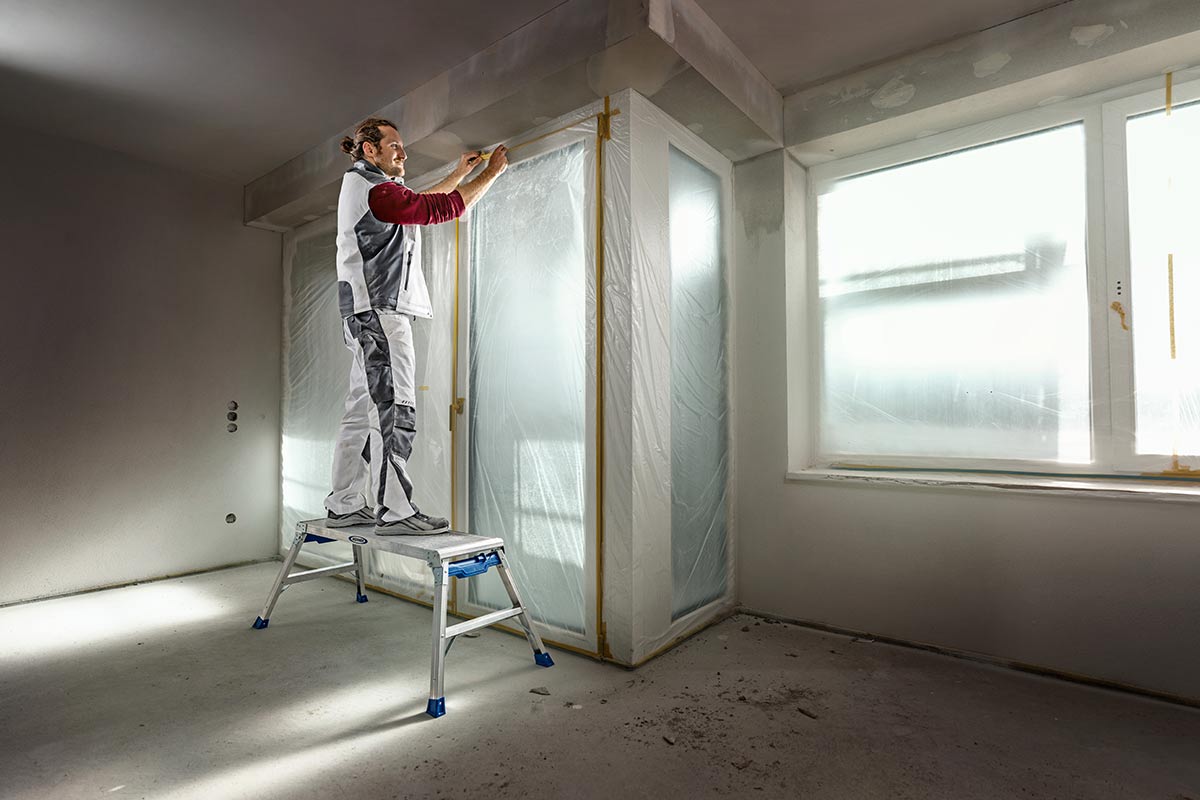
What is the Minimum Width of a Working Platform?
The minimum width of a working platform should allow for safe movement and work activity without the risk of a fall (fully boarded and wide enough for the work and for access). As per the Work at Height Regulations, the recommended minimum width is 600mm (60cm) for most platforms, though wider platforms are recommended for tasks that require more movement or bulkier tools.
How to Make a Work Platform
With this all in mind, a safe and functional working platform must be:
- Inspected carefully to ensure it fit for purpose and has been properly assembled or installed.
- Of sufficient size to allow safe passage and use of equipment and materials.
- Free from trip hazards or gaps.
- Fitted with handrails and toe boards where required.
- Not overloaded (this is particularly relevant to trestles that are loaded with blockwork).
- Erected on firm-level ground to ensure equipment remains stable.
Looking for a reliable work platform or other premium access equipment? At Ladders4Sale, we offer a range of ladders, platforms, steps, towers and accessories for all trade and do-it-yourself jobs at unbeatable low prices. Better yet, all of our products come with lifetime support – after your initial purchase, we continue to provide ongoing support and assistance for free. In addition to this, all orders come with free shipping to mainland UK.
If you require additional advice or have a question for our team, don’t hesitate to get in contact with us using this form or via phone at 01639 849847.
Be the first to know the latest industry news and offers
